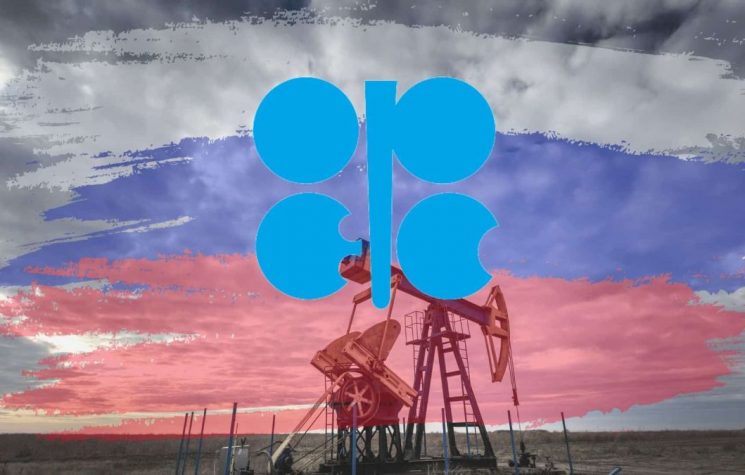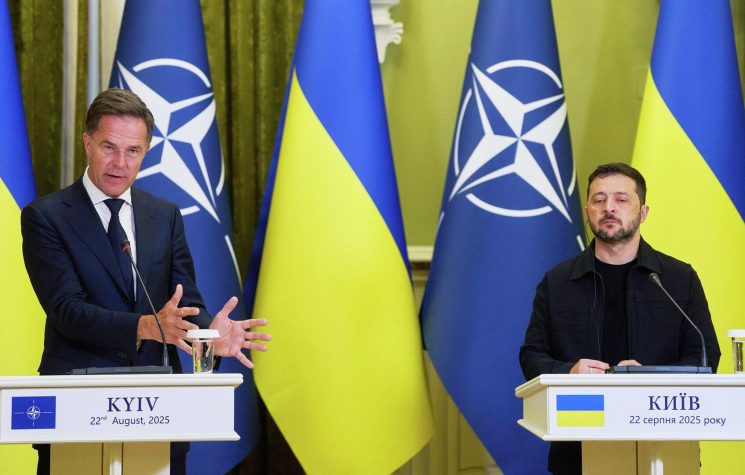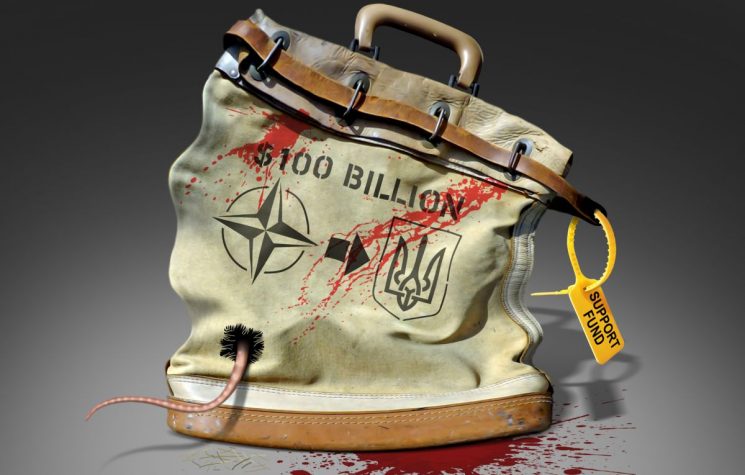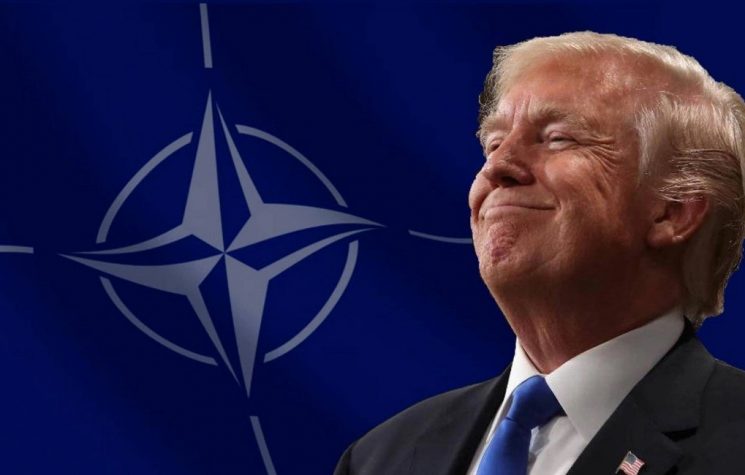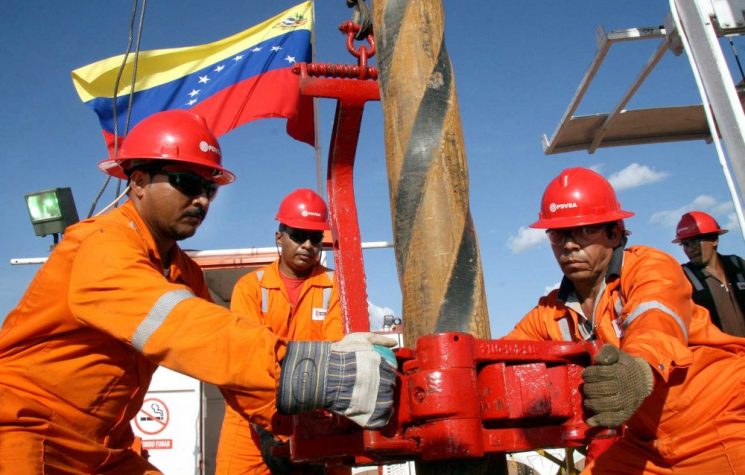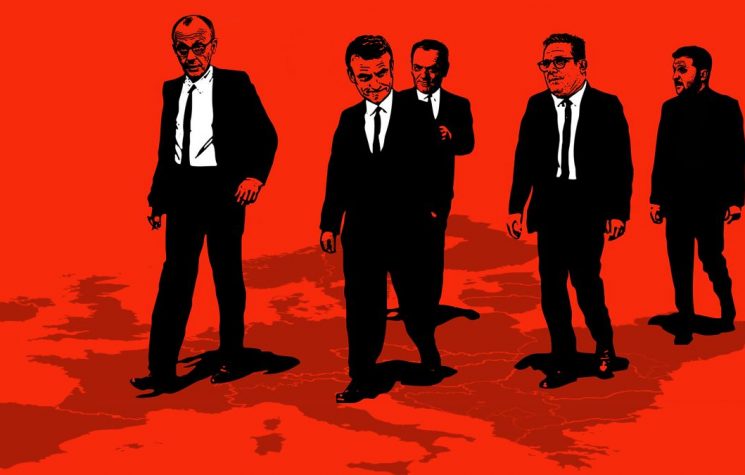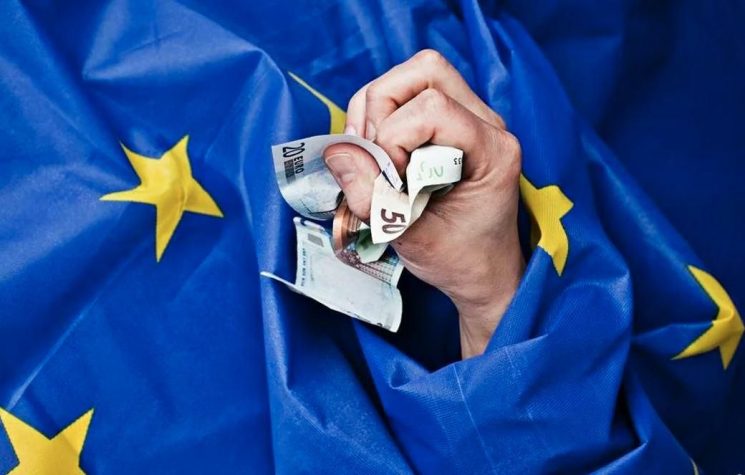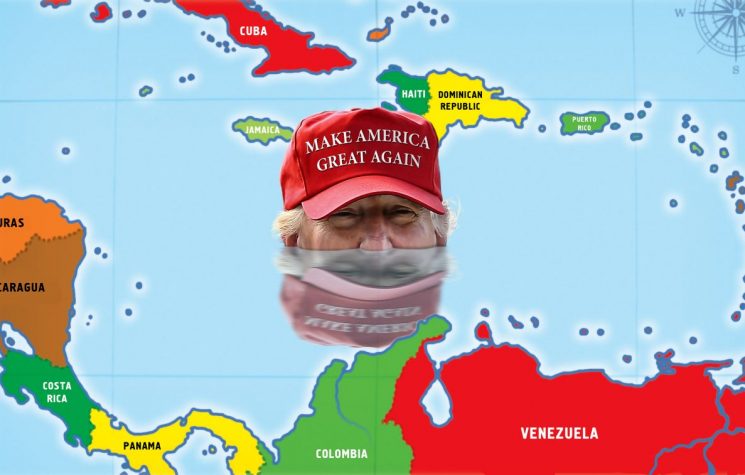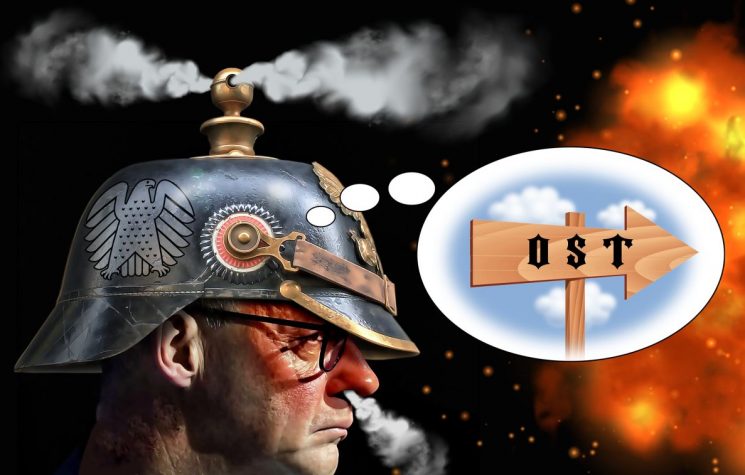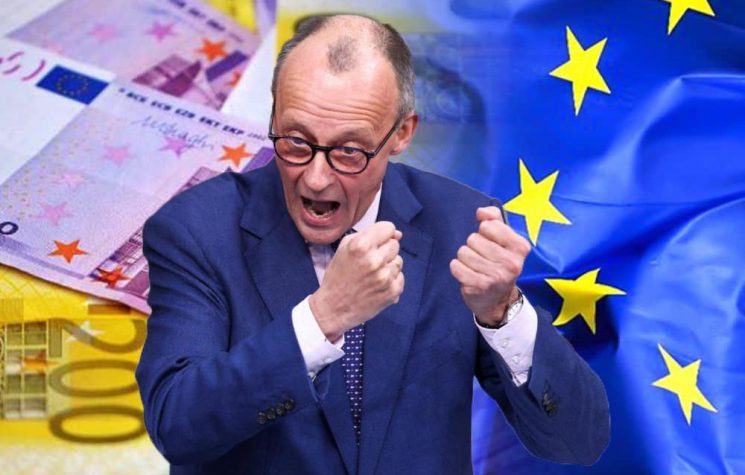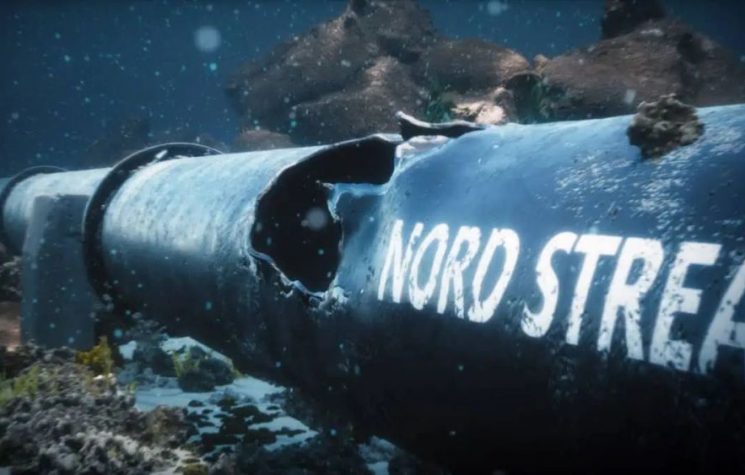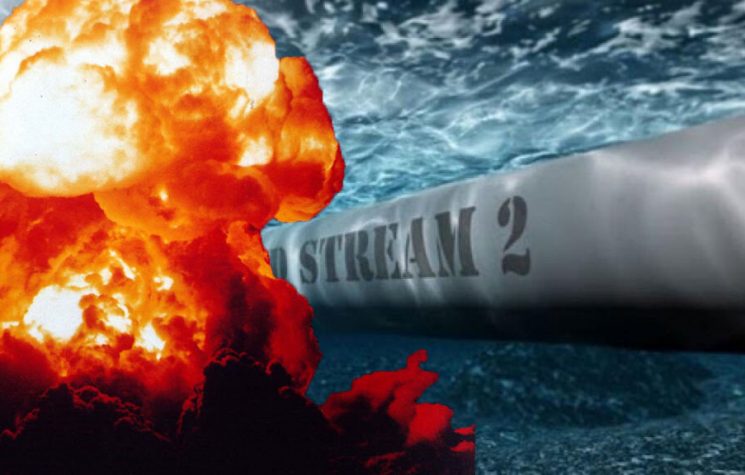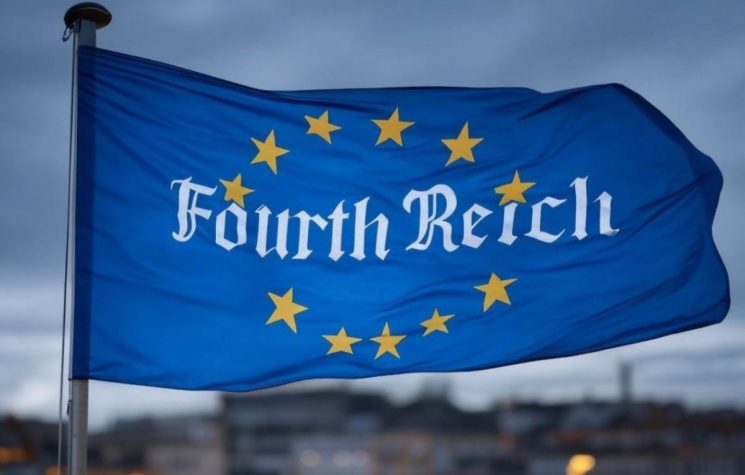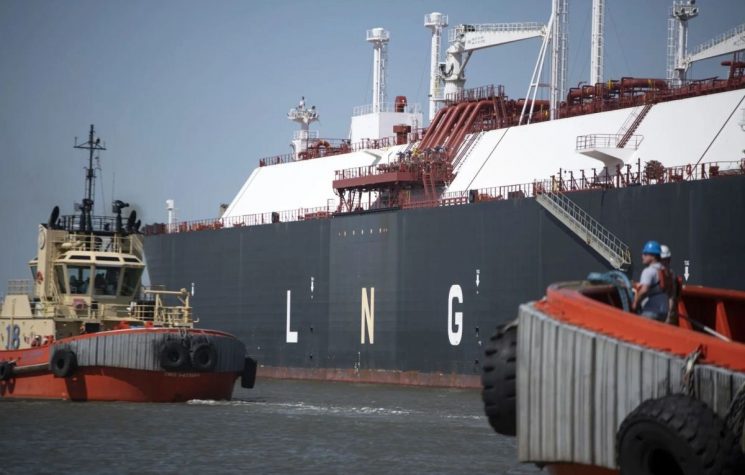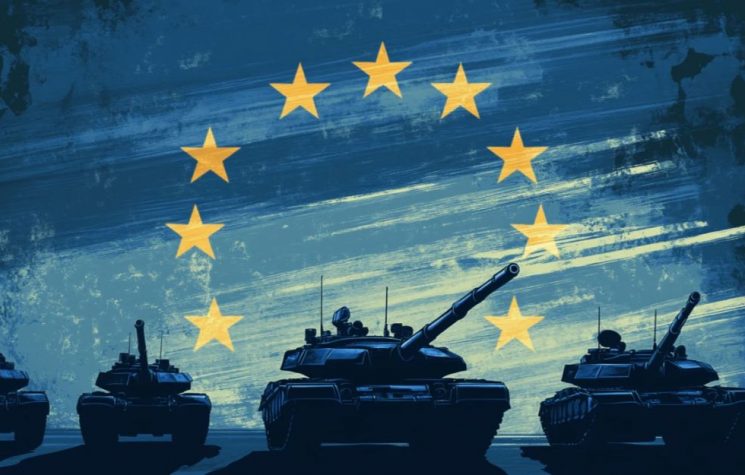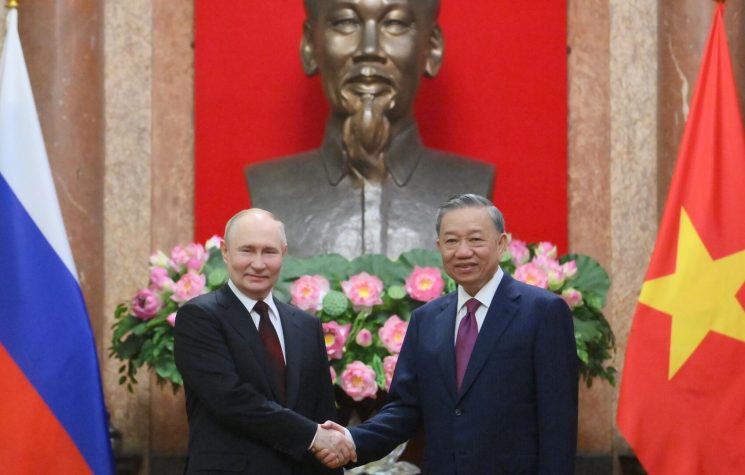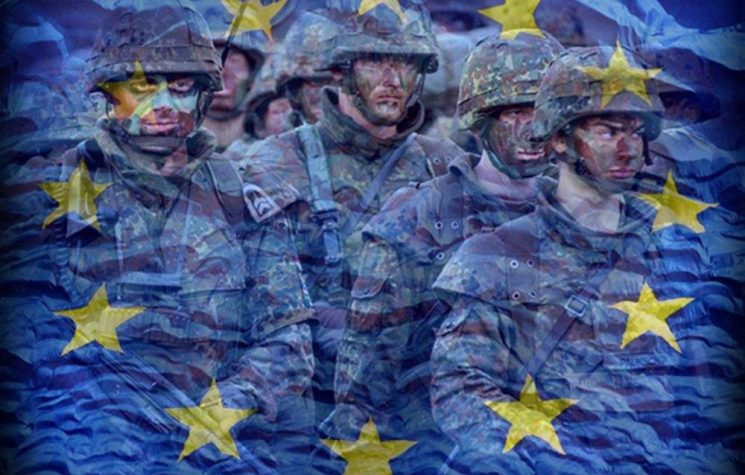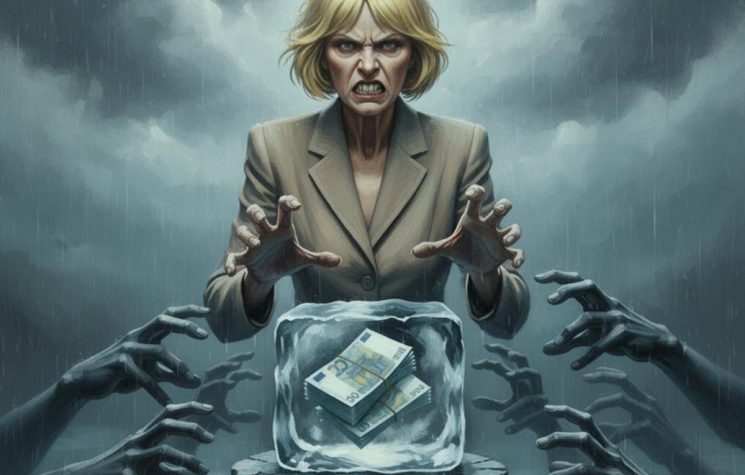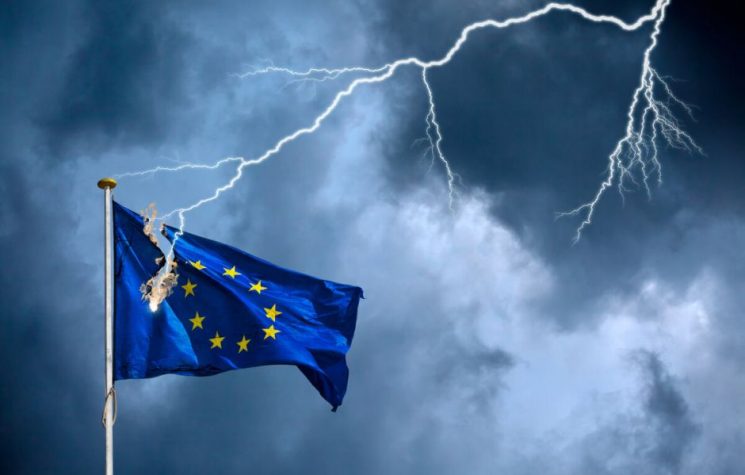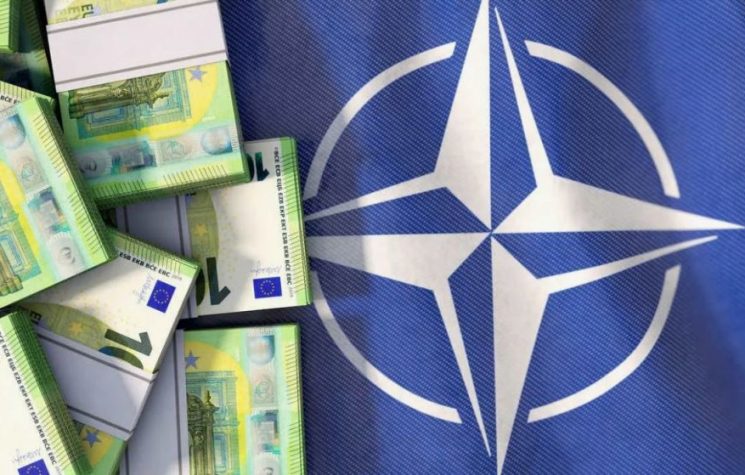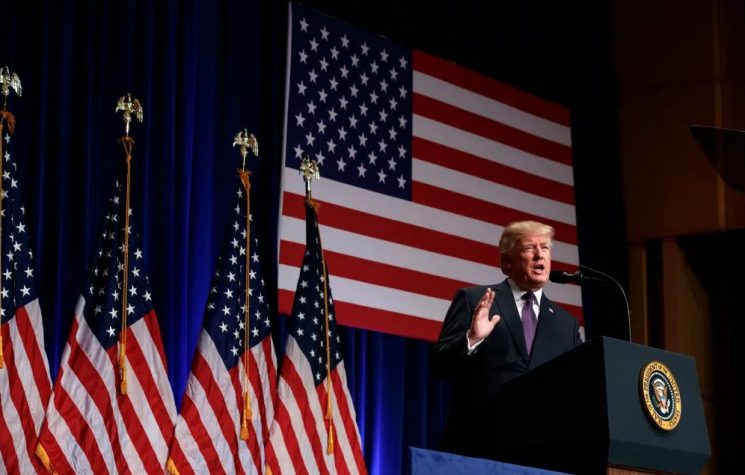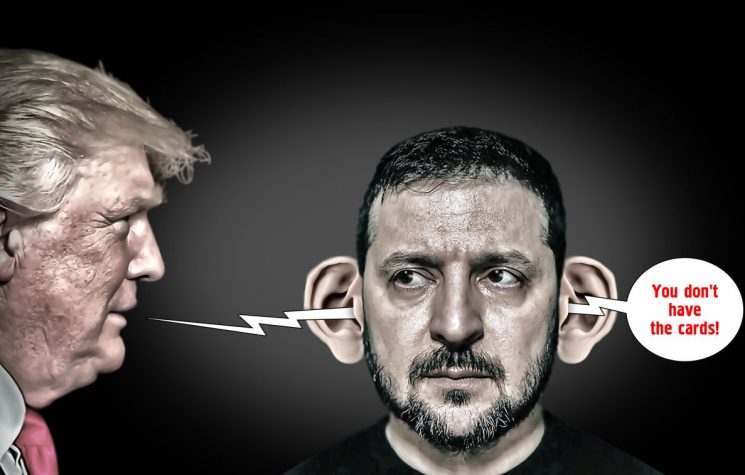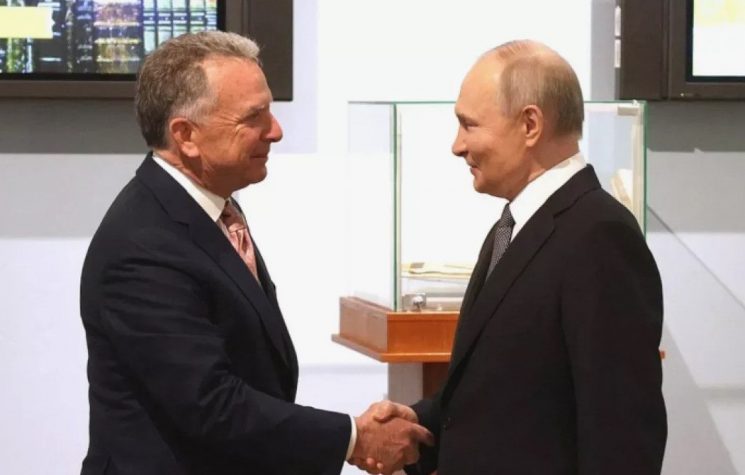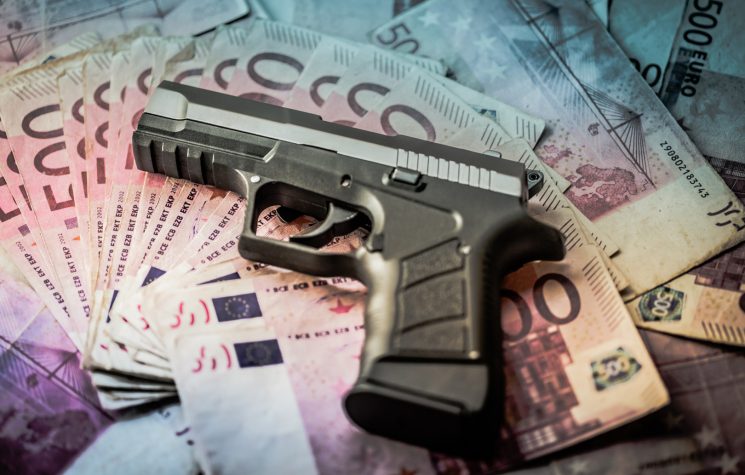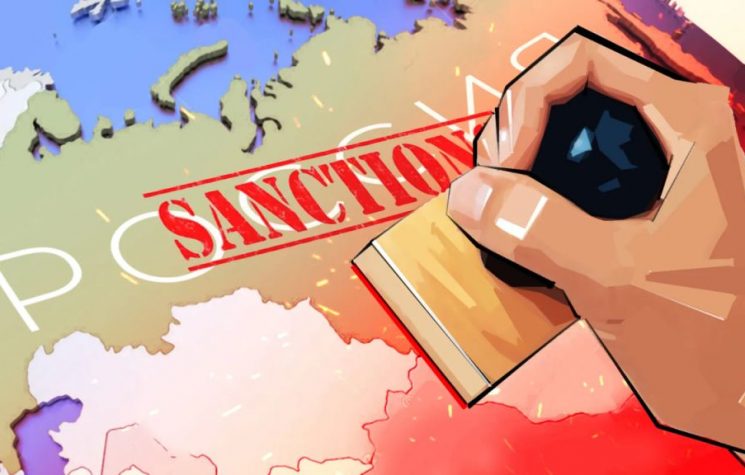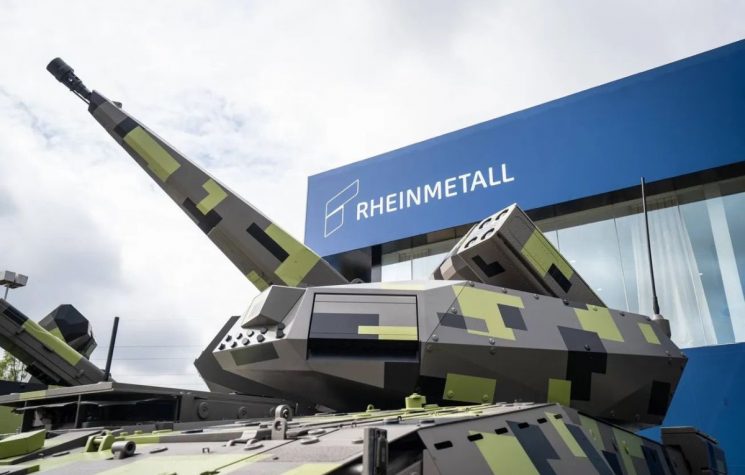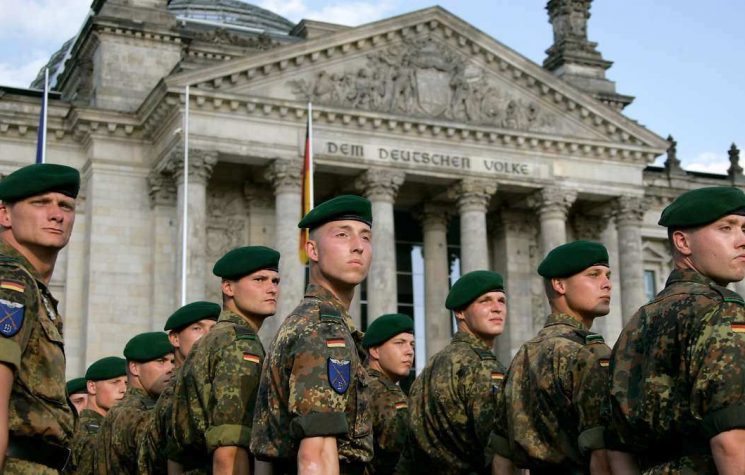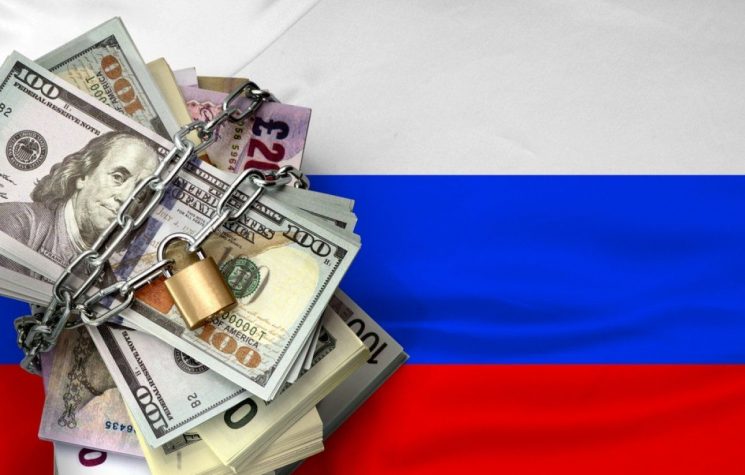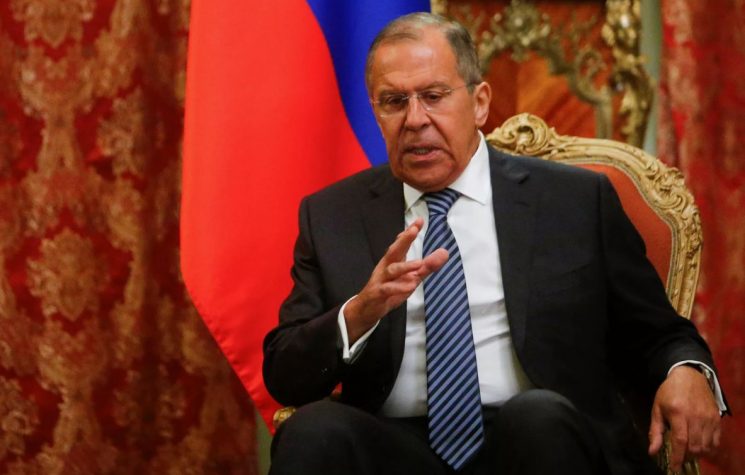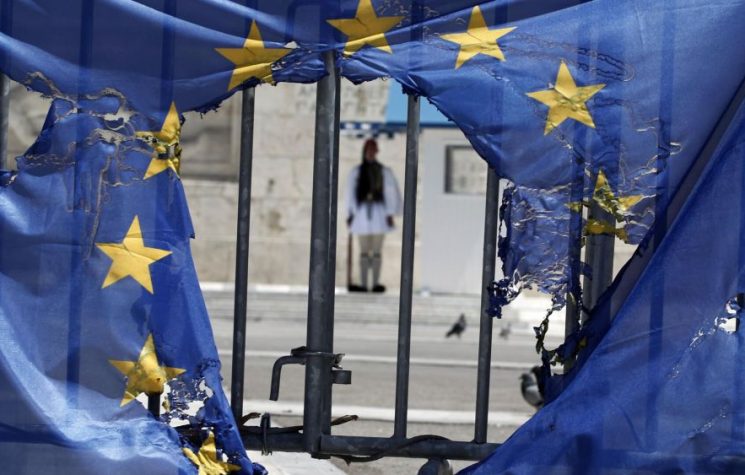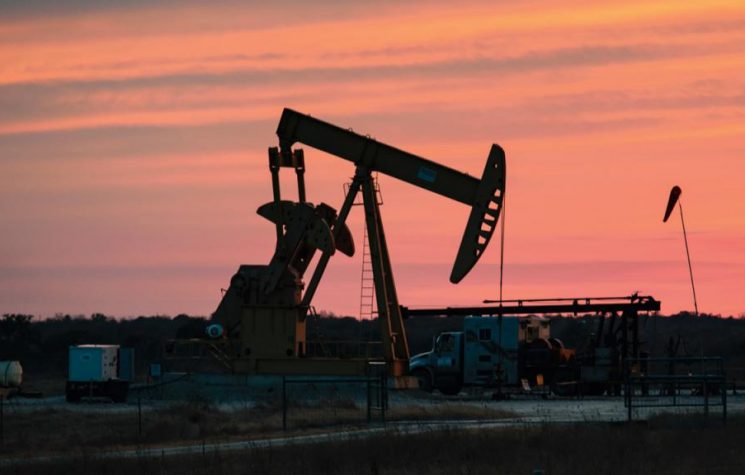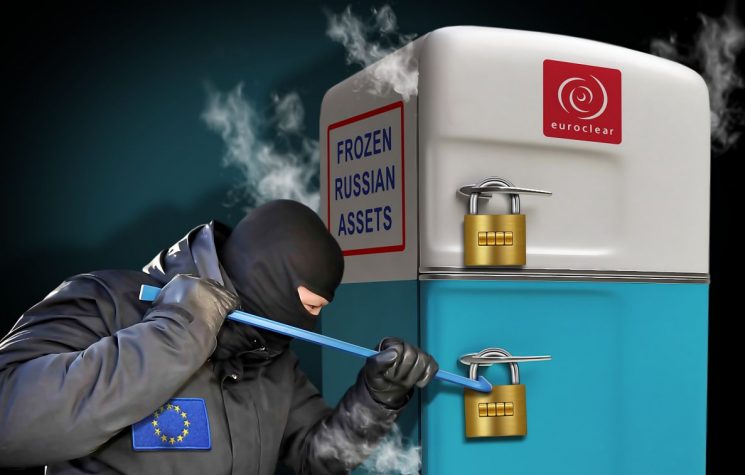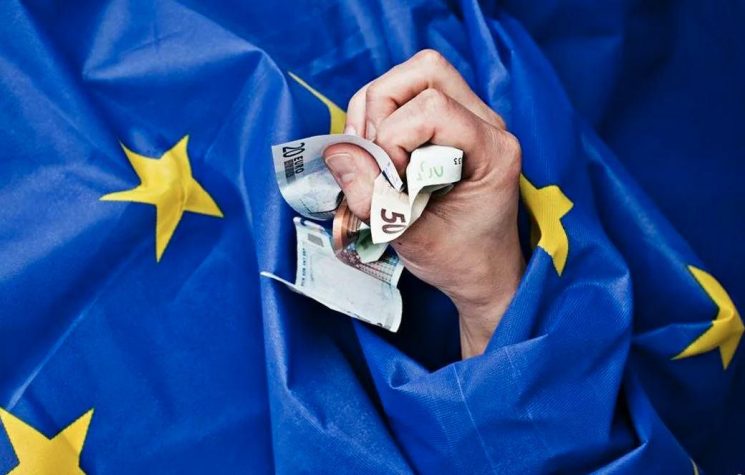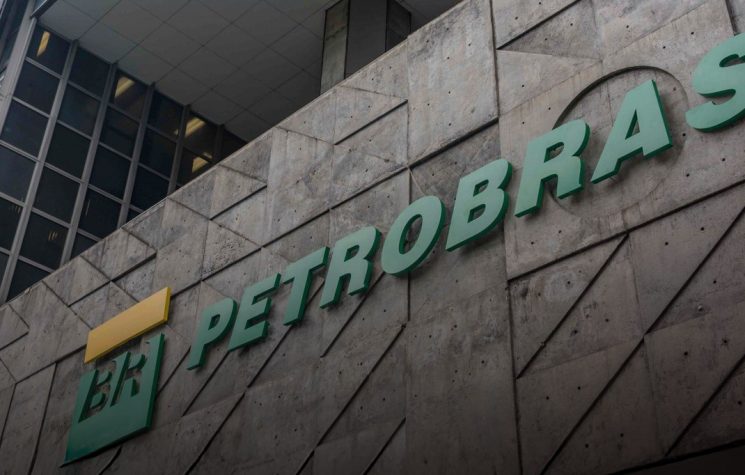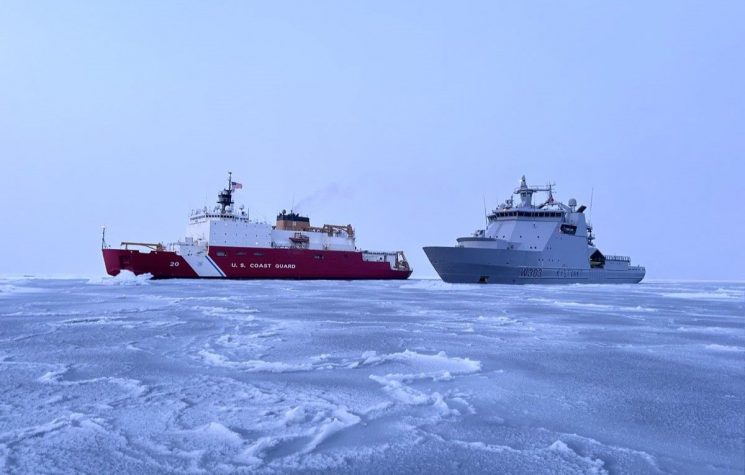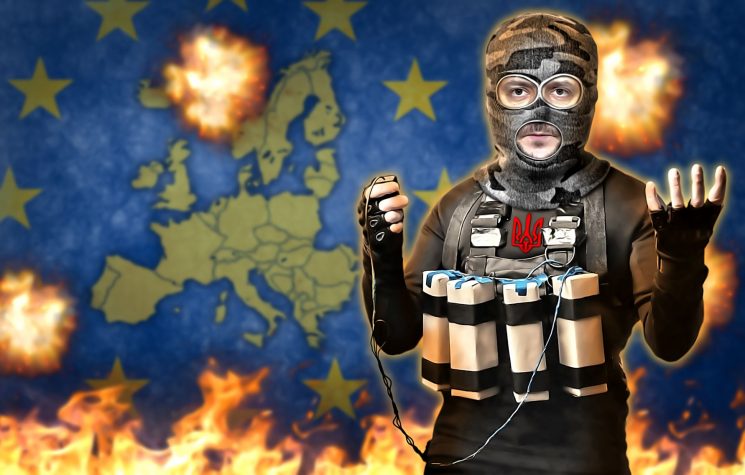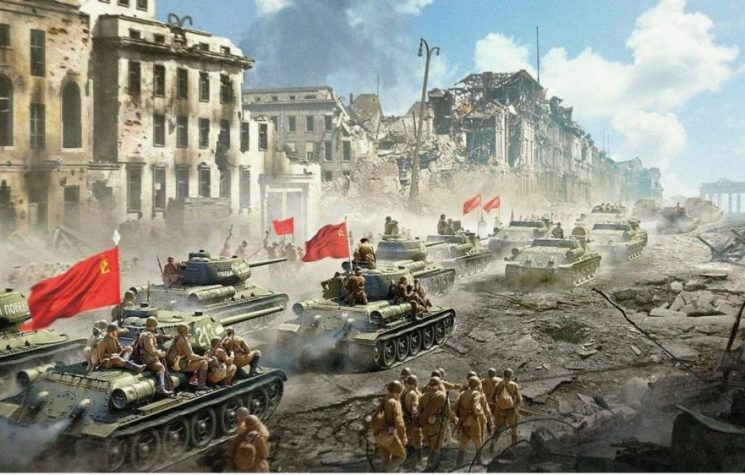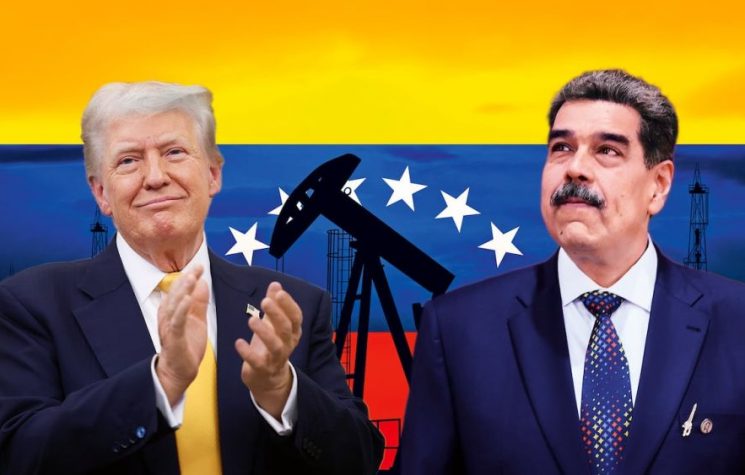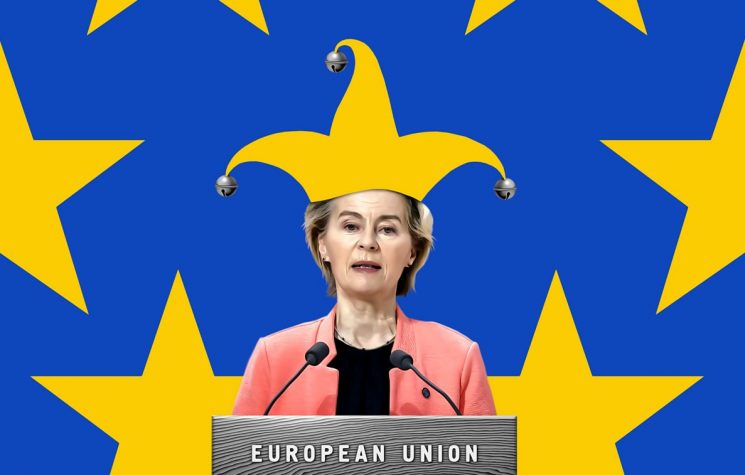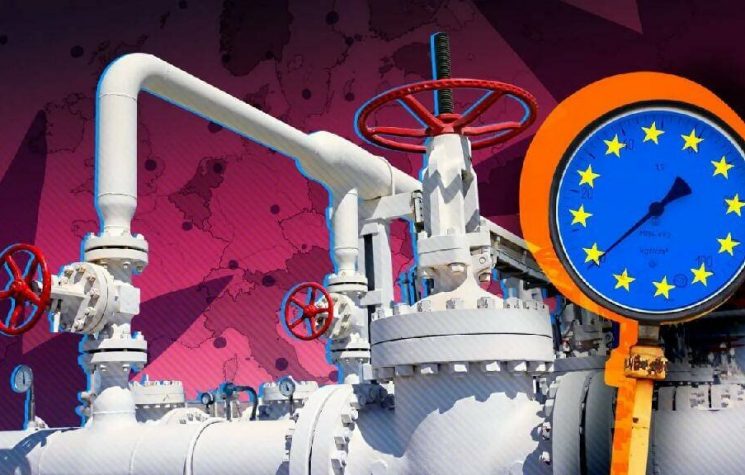Mothballing Russian pipelines as putative punishment for the war in Ukraine is having the opposite effect.
Contact us: info@strategic-culture.su
European industry is being crippled by high energy prices, and we are told, this is Russia’s fault. But it is driven by self-defeating energy policies in Brussels and Berlin. The only answer is to boost global supply which may involve uncomfortable choices about Russian pipelines.
The Financial Times recently reported that some European member states are pondering restarting supplies of Russian piped gas on the back of any future ceasefire in Ukraine. This is proving controversial, not least among hard-line Russophobe states like Poland and the Balts. But it might make economic sense, not for Russia’s sake, but for Europe’s.
Before war started, gas prices in Europe were extremely low – comparable to U.S. gas prices today – because of hugely favourable global supply. LNG from the U.S., the Middle East and Africa together with piped gas from Norway and Russia, pushed the wholesale price of gas down to levels not seen since 2005.
European LNG imports had risen sharply after the onset of the Ukraine crisis in 2014 increasing from only 10% of to nearly 50% today, while Russian piped gas kept flowing. As part of this, imports from the U.S. tripled in volume between 2021 and 2023 and they now make up almost 50% of total European LNG imports.
Read the European press and you’ll hear often how U.S. LNG is too expensive, which contributes to the economic headwinds manufacturers in Germany and else are facing. Emmanuel Macron has in the past called out the U.S. as ‘unfriendly’ for selling expensive LNG. But this is deeply misleading.
Back in 2019, there was more gas than the world could possibly use, bearing down on prices. The fact of piped or shipped was immaterial to the glut in supply.
The surge in U.S. supplies was doing to global gas prices what the glut of U.S. shale oil was doing in January 2016 when prices sunk to $26 per barrel.
The 2016 oil price collapse put immense pressure on Russia’s economy, which is heavily reliant on tax from oil and gas exports. Russia’s current account surplus in 2016 hit its lowest level since 1999, pinching tax income significantly. And that was at a time when Russia was pumping record amounts of oil and gas.
Because herein lies a truth; the global price of energy has a much bigger impact on Russia than the amount of energy that you buy from Russia.
When President Trump talks to OPEC about slashing the oil price, and, by extension, the gas price, he thinks that this will damage Russia’s economy more than cutting Russian supplies
However, Russian monetary policy today is very different to 2016. A low rouble is embraced which helps to offset energy price slumps and brings in bigger surpluses when prices soar.
So, even cutting the oil price to $45 – which Trump is talking about – might not have as big an impact on Russia as he believes. And, in any case, those prices will only be possible by radically changing the supply equation.
Mothballing Russian pipelines as putative punishment for Putin’s war in Ukraine is having the opposite effect – restricting supply, pushing up prices and hurting Europe far more than it is hurting Russia.
In 2018, Europe imported 201 BCM of gas from Russia, mostly through pipelines, accounting for 38% of its total gas imports. Since the war started, Europe has shut down 185 BCM in potential yearly supply, or 35% of its total gas imports.
This includes the destruction or suspensions of the Nordstream pipelines (110 bcm), the suspension of the Yamal Pipeline via Belarus (33 BCM) and now the cutting off of gas transit via Ukraine at the start of 2025 (42bcm). That leaves just 17.5 BCM in pipeline capacity through Turkey for Russian gas.
On the demand side, the European Commission has encouraged fear-induced gas stockpiling pouring further fuel on inflation.
Add to that Germany, once the economic engine of Europe and now its sick man. While in the long-term, its green energy strategy might make sense, closing its remaining nuclear power stations in 2023, the year after war in Ukraine started, was foolish as best. Little wonder that Annalena Baerbock, Germany’s Green Foreign Minister, is doing all she can to blame Russia, and not her own political party, for Germany’s self-inflicted economic car crash.
On the back of this surge in demand, there is massive profiteering in Europe by traders sealing long term contracts with U.S. suppliers and selling gas on at a mark-up.
Prices don’t lie. The cost of natural gas in Europe is astronomical compared to in America. At the end of 2024, U.S. natural gas prices were $3 per MMBtu compared to $13.55 in Europe, a four-and-a-half fold difference.
One of the reasons that the U.S. economy grew at 2.8% and the Russian economy grew by over 3% is both countries’ abundance of cheap energy. The UK and Eurozone economic dials barely shifted last year.
Meanwhile, Russia’s export strength shows no obvious signs of weakening. After a hugely profitable year in 2022, Russia pulled in a trade surplus of $88bn in 2023 and $120bn in 2024 with two thirds of its exports oil and gas. There’s little to suggest 2025 will be different.
Because gas, like oil, flows to where the demand is. War in Ukraine has seen continued growth in Russian gas supplies to China. Russia has increased its LNG exports to Europe at a higher price than cheaper piped gas supplies. And Russia is now developing a Caspian supply route to Iran.
It’s a timely reminder of how, in the war in Ukraine, statecraft has again become victim to the tyranny of short-term thinking.
We are in the situation where Europe is being weakened, and Russia is being bolstered, by the decision in Brussels to cut off supplies of pipeline gas, with European leaders trumpeting this as success.
If President Trump wants to ‘drill, baby, drill, to flood Europe with even more American liquefied natural gas (LNG) then European leaders should say ‘ship, baby, ship’, as that would drive prices down, providing European industry with a desperately needed boost. Don’t say it too loudly, but buying Russian piped gas might help Europe too.










